Festivals in Costa Rica, a vibrant and ecologically diverse country in Central America, is not only known for its breathtaking landscapes but also for its rich cultural heritage. The festivals and holidays in Costa Rica reflect a blend of indigenous traditions, Spanish colonial influences, and the nation’s commitment to environmental conservation. In this exploration, we will delve into some of the most relevant festivals and holidays in Costa Rica, examining their historical origins, cultural significance, and the ways in which they contribute to the nation’s identity.
1. Independence Day – September 15th
Independence Day in Costa Rica is celebrated on September 15th, marking the country’s declaration of independence from Spanish rule in 1821. The day is a national holiday, and celebrations include patriotic parades, music, dance performances, and traditional Costa Rican cuisine.
Schools, communities, and government offices participate in the festivities, showcasing the country’s pride in its independence and the values of democracy and peace. The celebration reflects Costa Rica’s commitment to maintaining a stable and peaceful nation.
2. Dia de la Raza – October 12th
Dia de la Raza, or Columbus Day, is celebrated on October 12th in Costa Rica. The day commemorates Christopher Columbus’s arrival in the Americas and is observed as a national holiday. While the historical context is acknowledged, the day also emphasizes the cultural diversity of the nation.
Costa Rica’s multicultural identity is celebrated through events that showcase indigenous traditions, Afro-Caribbean influences, and the contributions of various ethnic communities. Dia de la Raza reflects the country’s commitment to embracing diversity and recognizing the richness of its cultural mosaic.
3. Semana Santa – Holy Week (March/April)
Semana Santa, or Holy Week, is a significant religious observance in Costa Rica, as in many other predominantly Catholic countries. The week leading up to Easter is marked by religious processions, church services, and cultural events.
In cities and towns across Costa Rica, devout communities engage in religious practices, and processions depict the Passion of Christ. Semana Santa is a time for reflection, prayer, and community bonding, emphasizing the religious values that are integral to Costa Rican culture.
4. Carnaval – February/March
Carnaval is a lively celebration that takes place in various Costa Rican cities and towns, typically in February or March. The carnival is characterized by colorful parades, elaborate costumes, and lively music, reflecting a festive atmosphere.
One of the most famous carnivals in Costa Rica is the Puntarenas Carnival, which attracts locals and tourists alike. The celebration highlights the joyous spirit of the Costa Rican people and their love for music, dance, and communal festivities.
5. Dia de los Boyeros – Second Sunday in March
Dia de los Boyeros, or Oxherders’ Day, is celebrated on the second Sunday in March. The day honors the traditional oxen drivers, known as boyeros, who played a crucial role in Costa Rica’s agricultural history. The celebration includes parades of ox-drawn carts, traditional music, and folkloric dances.
Dia de los Boyeros serves as a tribute to the agricultural heritage of Costa Rica and emphasizes the importance of preserving traditional practices. The ox-drawn carts, decorated with vibrant colors and symbols, are a symbol of the country’s rural roots.
6. Dia de San Jose – March 19th
Dia de San Jose, or Saint Joseph’s Day, is celebrated on March 19th. The day is dedicated to Saint Joseph, the patron saint of San Jose, the capital city. The celebration includes religious processions, church services, and cultural events.
San Jose comes alive with activities that showcase the city’s cultural richness, including traditional dances, music performances, and culinary delights. Dia de San Jose is an opportunity for the residents of San Jose to come together in celebration of their patron saint and the city’s heritage.
7. Fiestas Civicas – July 25th
Fiestas Civicas is celebrated on July 25th and commemorates the annexation of the Nicoya region to Costa Rica in 1824. The day is a public holiday in the Nicoya Peninsula, and festivities include parades, traditional dances, and cultural events.
Fiestas Civicas is a regional celebration that underscores the historical and cultural connections between the Nicoya Peninsula and the rest of Costa Rica. The events bring communities together to celebrate their shared history and traditions.
8. Diablitos Borucas – Late December/Early January
Diablitos Borucas, or Boruca Devils, is a traditional indigenous celebration that takes place in late December and early January among the Boruca people. The festival involves the performance of traditional dances and rituals that depict the struggle between the Boruca people and the Spanish conquistadors.
Participants wear elaborate costumes, including masks representing devils and animals, and engage in symbolic battles. Diablitos Borucas is not only a cultural celebration but also a form of resistance, preserving the Boruca people’s identity and history.
9. Limón Carnival – October
The Limón Carnival is one of the largest and most famous carnivals in Costa Rica, taking place in the city of Limón in October. The carnival celebrates Afro-Caribbean culture and features colorful parades, traditional music, and dance performances.
Limón Carnival attracts people from different parts of the country and beyond, creating a vibrant and inclusive atmosphere. The celebration reflects Costa Rica’s commitment to recognizing and celebrating its diverse cultural influences.
10. Tope Nacional – December 26th
Tope Nacional is a horse parade that takes place on December 26th in San Jose. The parade features riders on horseback showcasing their horsemanship skills, along with beautifully adorned horses.
Tope Nacional is a traditional and elegant event that highlights Costa Rica’s agricultural and equestrian heritage. It provides a platform for horse enthusiasts to come together and celebrate the beauty and grace of these majestic animals.
Conclusion
Costa Rica’s festivals and holidays offer a captivating journey into the heart of the nation’s cultural diversity, historical roots, and contemporary expressions of identity. From the patriotic fervor of Independence Day to the lively celebrations of Carnaval, each event contributes to the vibrant tapestry of Costa Rican culture.
These celebrations are not merely opportunities for revelry; they are expressions of Costa Rica’s commitment to preserving its unique identity and embracing cultural diversity. Whether through religious processions, traditional dances, or environmental celebrations, Costa Ricans come together to celebrate their history, culture, and shared values.
Moreover, these festivals serve as a bridge between Costa Rica’s past and present, fostering cultural continuity and dialogue. Events like Diablitos Borucas and Tope Nacional highlight the importance of preserving indigenous traditions and the country’s agricultural and equestrian heritage.
As Costa Rica continues to thrive as a nation committed to environmental conservation, peace, and cultural diversity, these festivals will undoubtedly remain integral to the fabric of the country. They provide a space for both Costa Ricans and visitors to engage with the cultural richness of the country, experiencing the traditions, stories, and collective spirit that define this enchanting Central American nation.


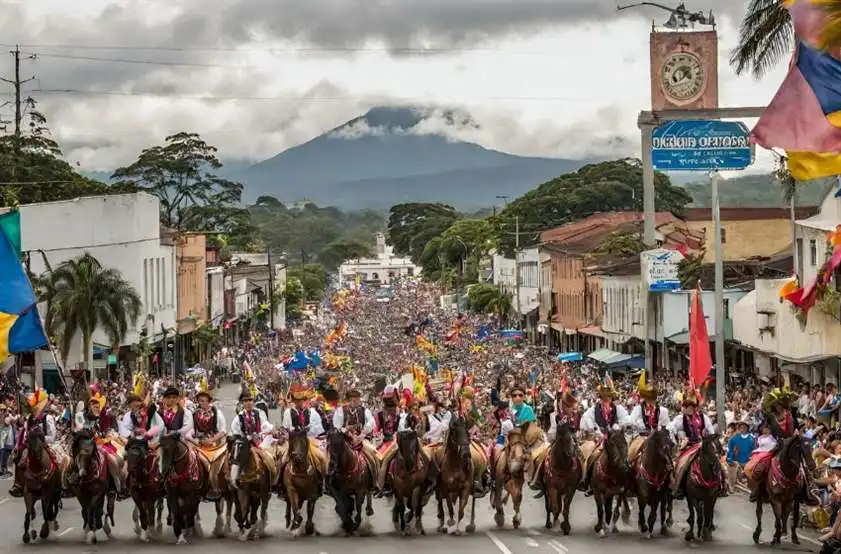

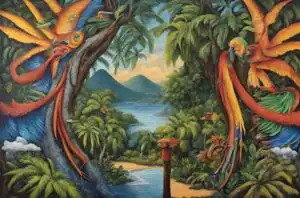
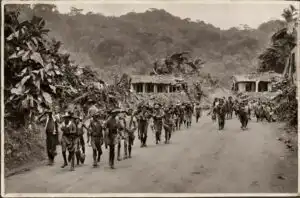
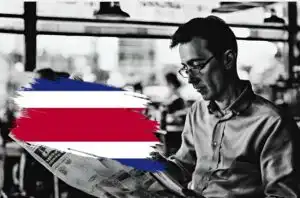


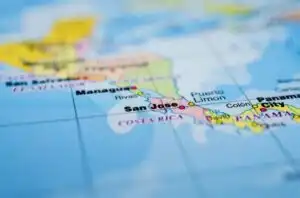
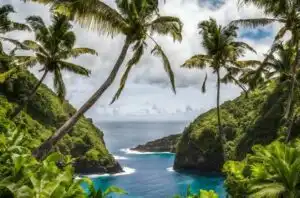
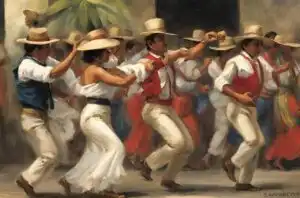

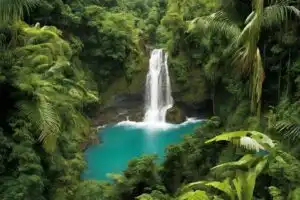

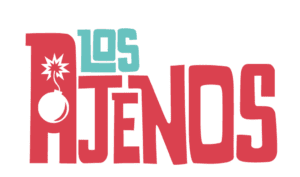

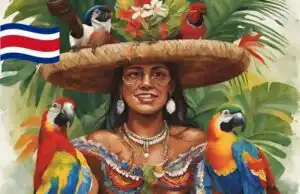
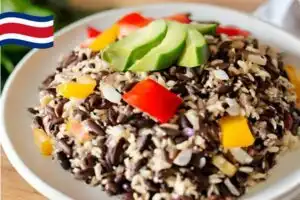
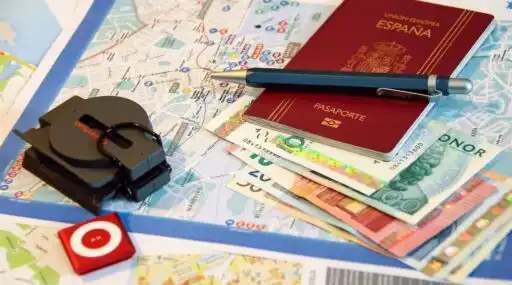
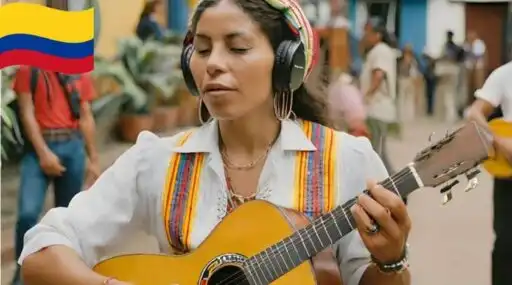
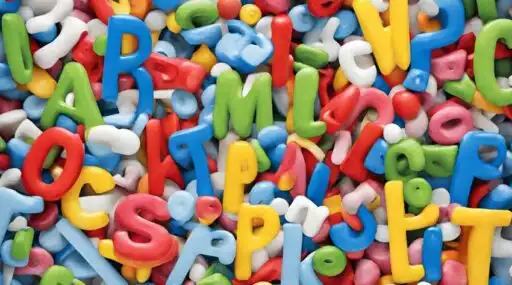

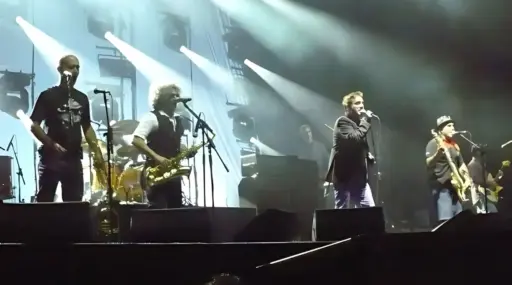

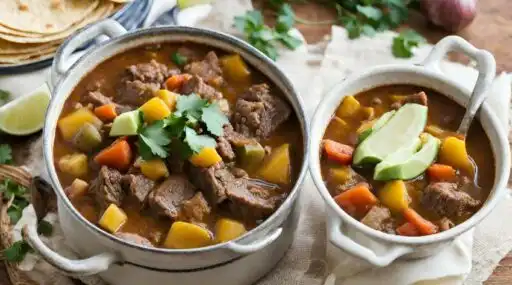
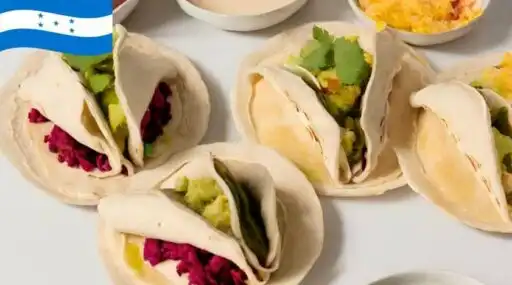


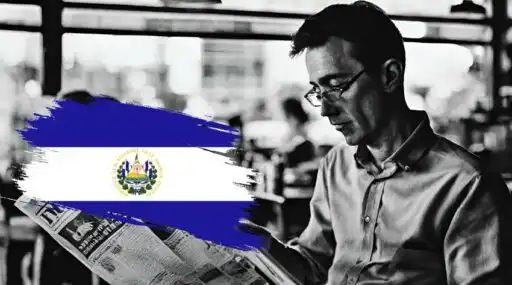
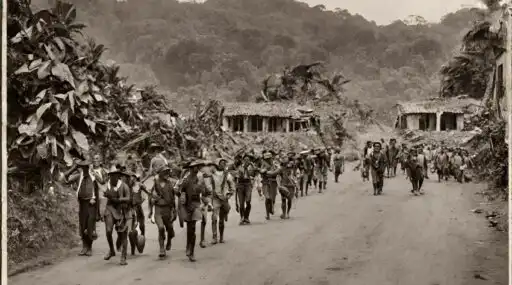

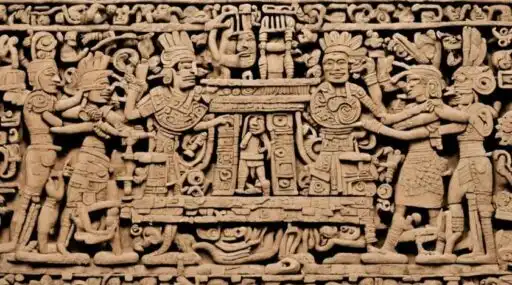

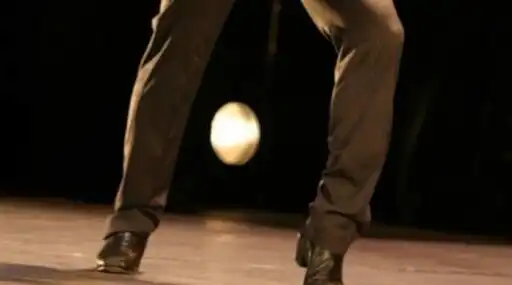
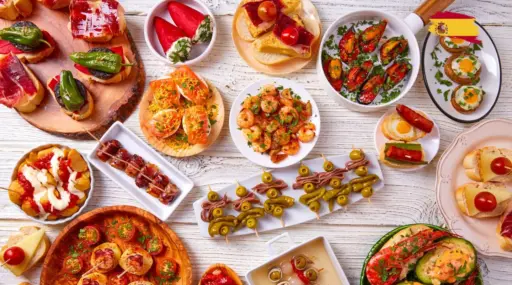

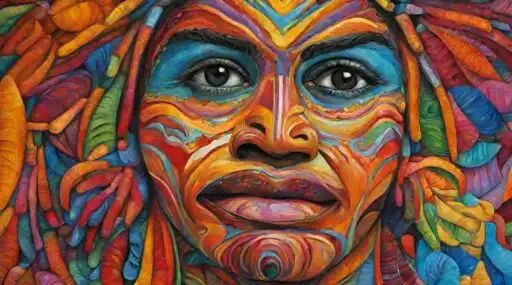
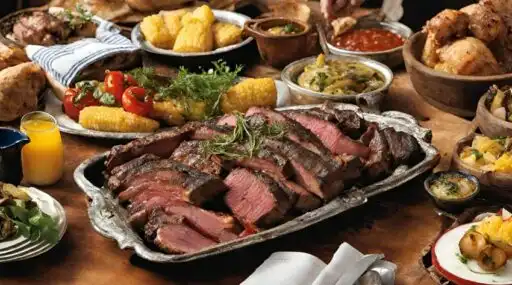

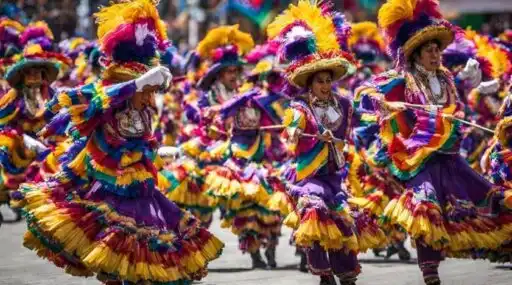
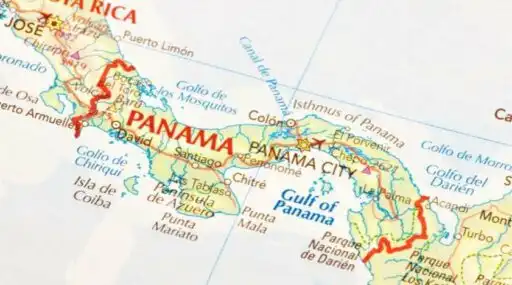
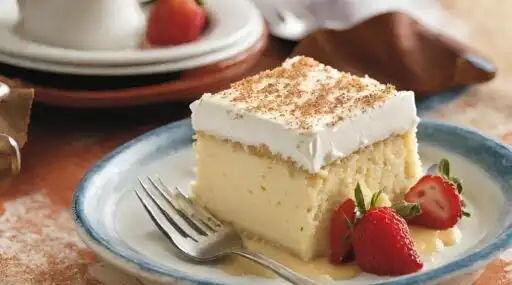
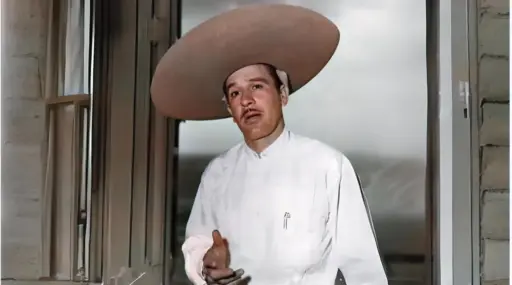
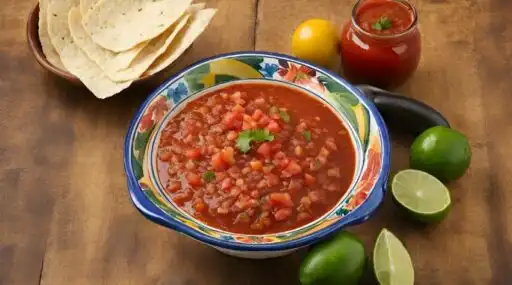

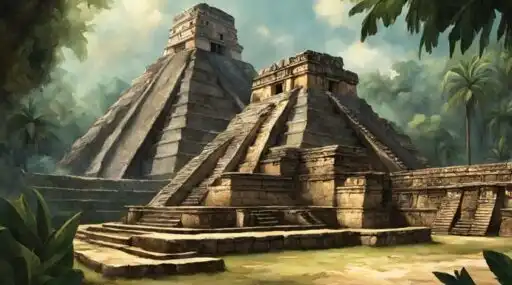
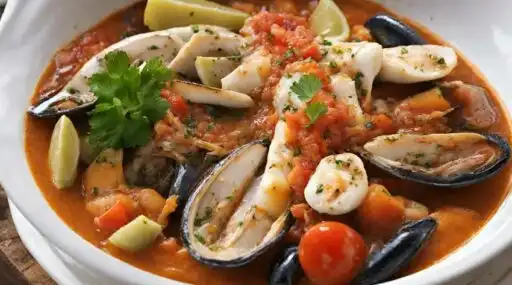

Leave a Reply